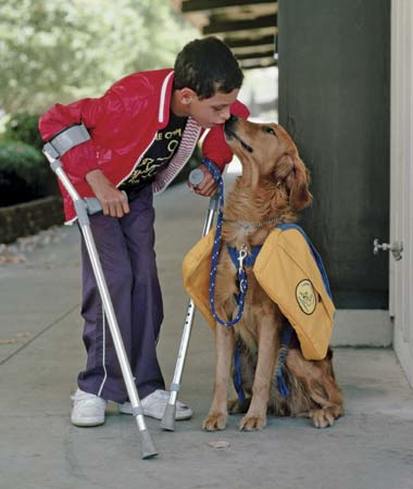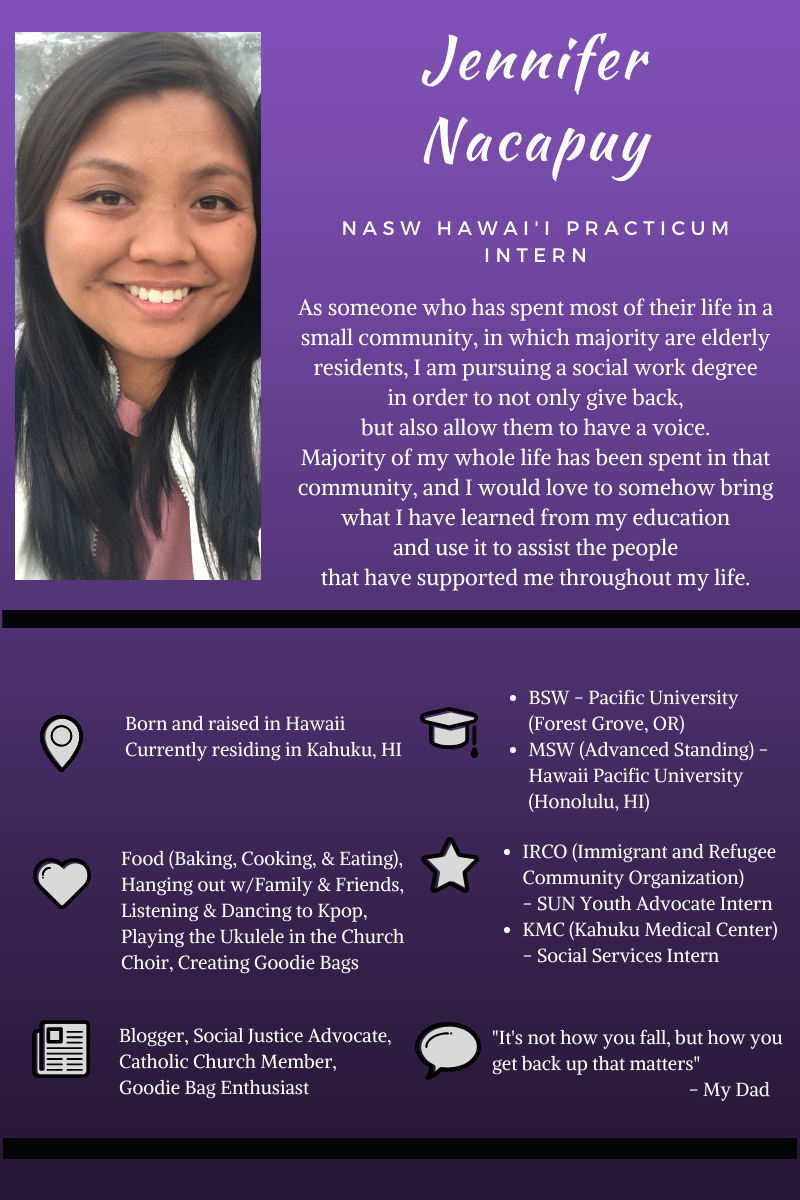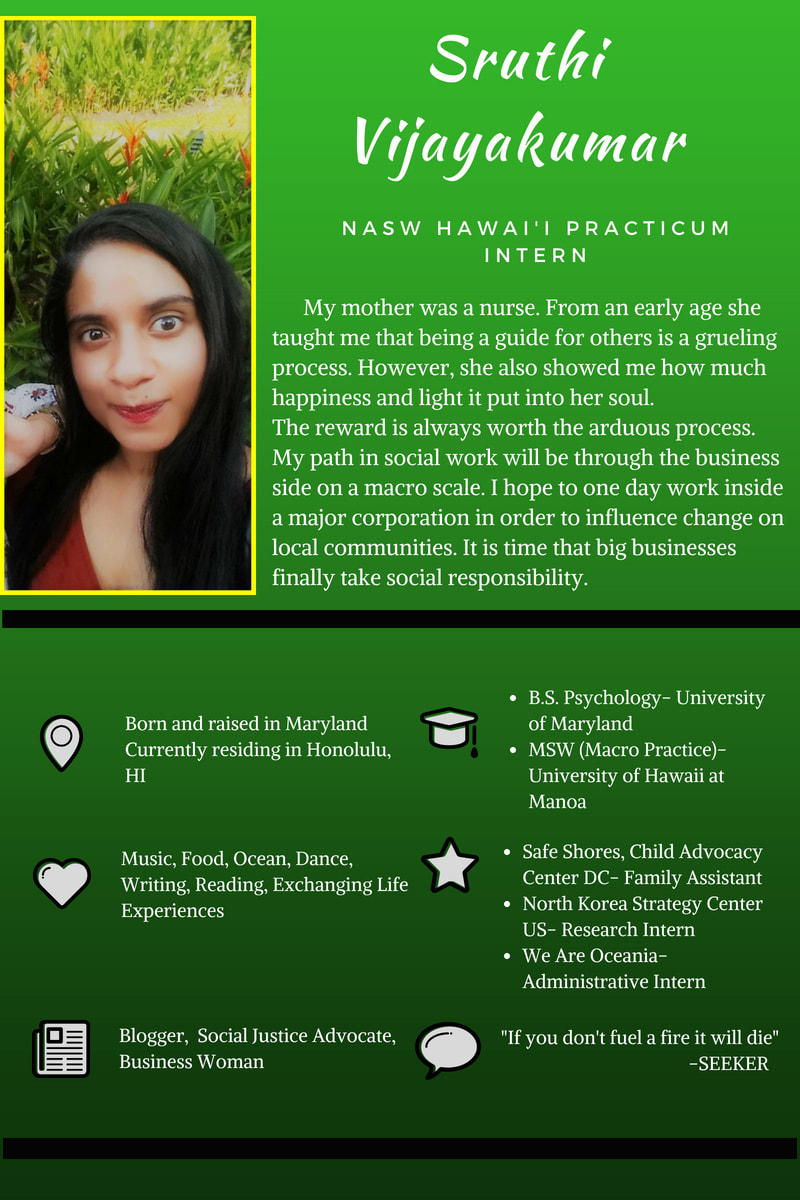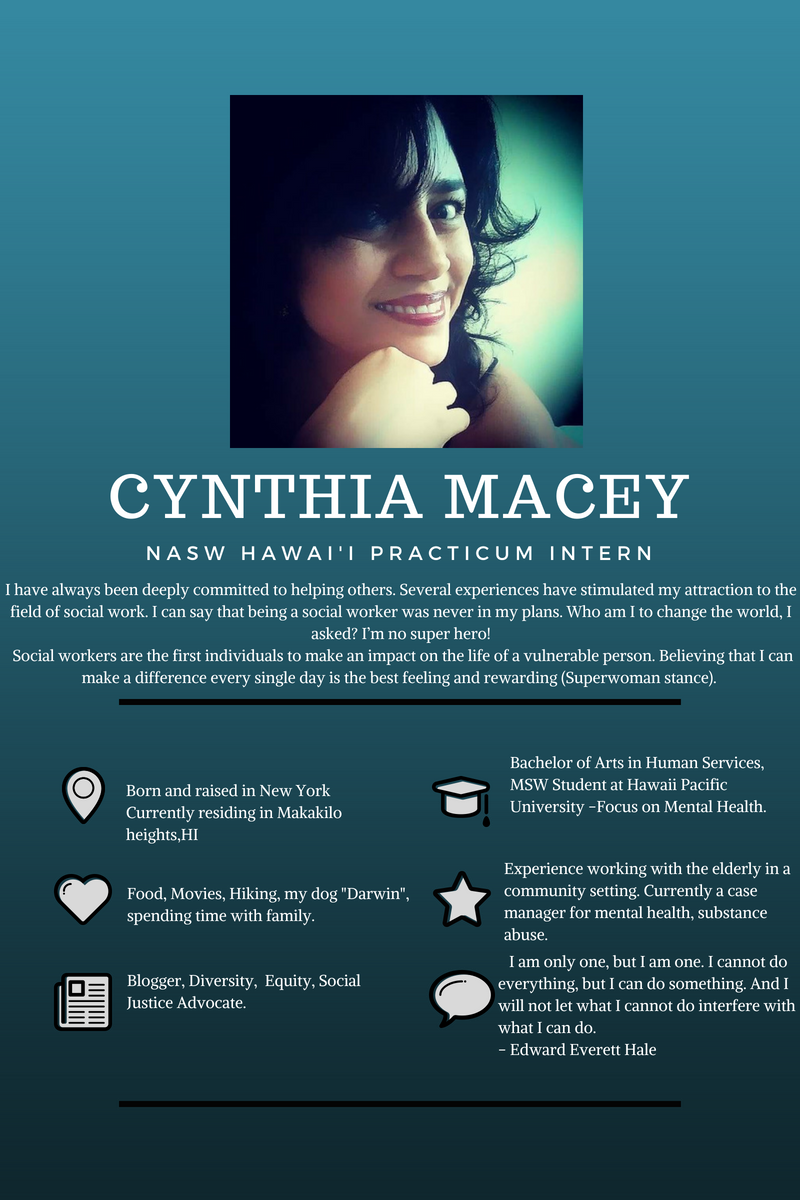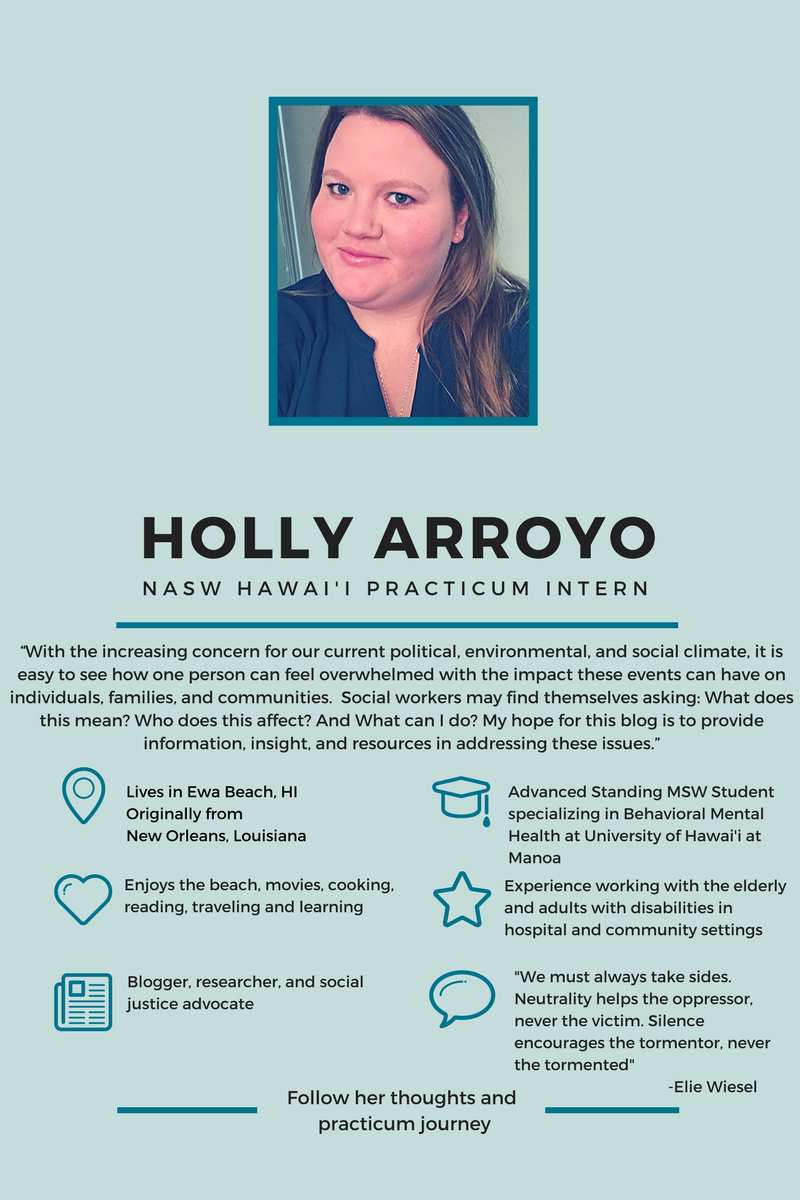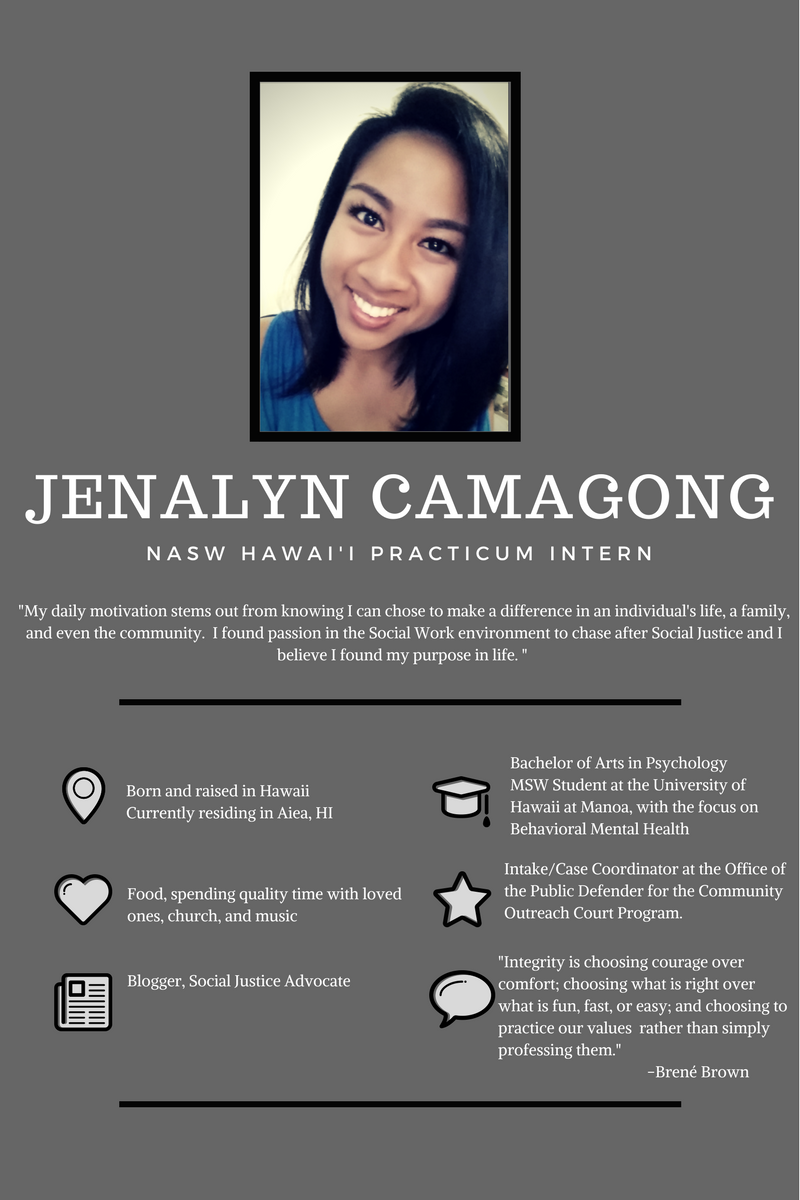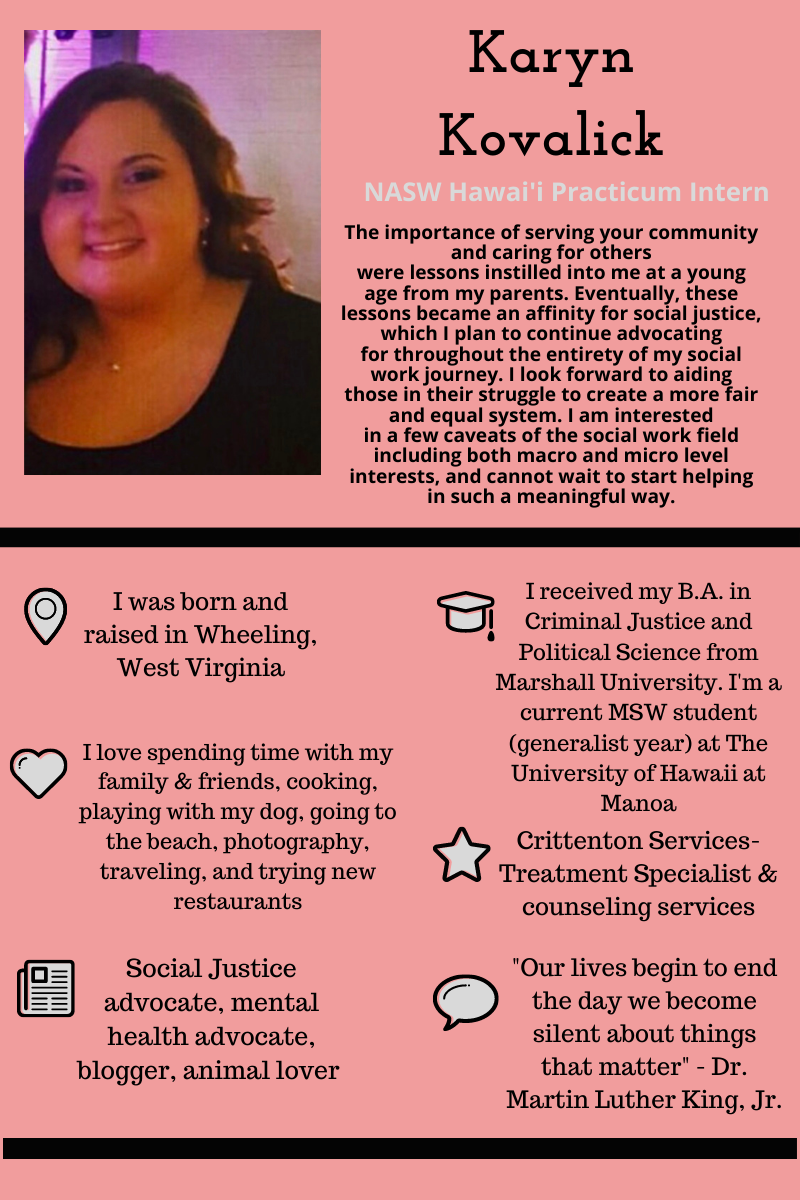2 Comments
judith
2/10/2016 02:27:02 pm
What an excellent, compelling article. I think it's thru awareness that positive change can happen. Well done!!
Reply
8/17/2022 12:46:25 pm
This new, innovative field provides training and licensing for social workers interested in working with both humans and animals concurrently. Thank you for making this such an awesome post!
Reply
Leave a Reply. |
Author2020 Spring Semester blog posts are written by Jennifer Nacapuy. 2018-2019 Academic Year blog posts are written by Sruthi Vijayakumar & Cynthia Macey. 2017-2018 blog posts were written by Holly Arroyo & Jenalyn Camagong CATEGORIES
All
ARCHIVES
September 2020
|

